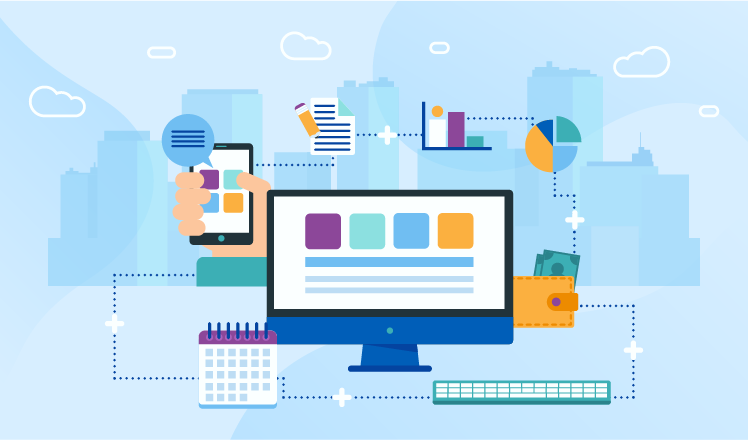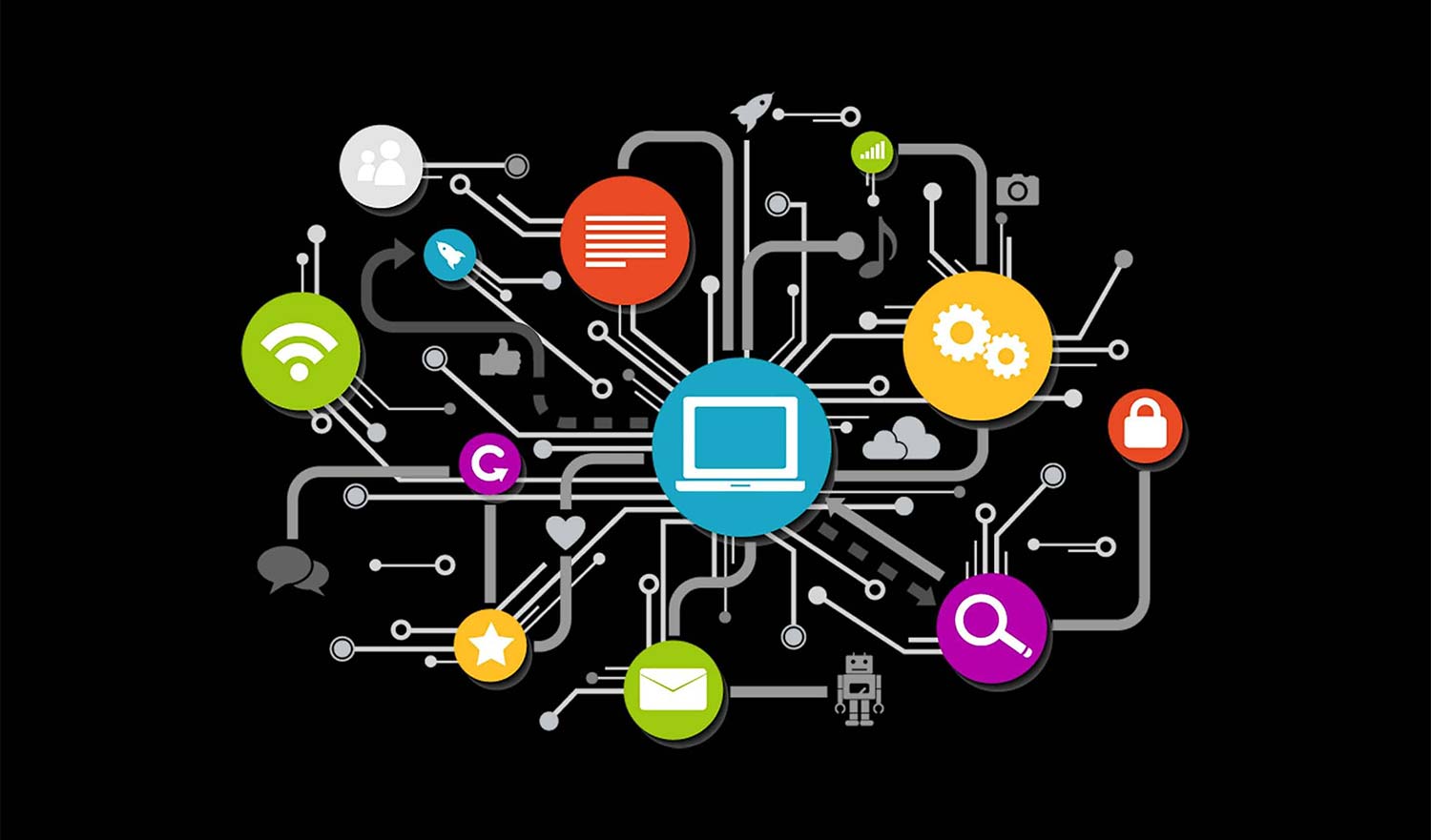Enterprise Application Integration (EAI) is a crucial element of many businesses today, allowing them to achieve greater productivity and efficiency by connecting computer systems that would have otherwise required manual synchronization. By eliminating the need for redundant data entry tasks between connected databases, EAI can provide organizations with real-time access to critical business information. However, designing a successful enterprise integration system can be daunting. Fortunately, understanding what EAI is and its importance is vital to achieving an effective integration strategy in any organization. Read on to explore EAI, its benefits and applications, and the full review here of the best practices for optimized implementation.
Table of Contents
How Enterprise Application Integration (EAI) Works
Enterprise Application Integration (EAI) is a method of connecting various software applications used within an organization. It allows seamless communication between systems, ensuring efficient and accurate data exchange. This integration helps organizations streamline their business processes by reducing data redundancy, eliminating data entry errors, and improving overall productivity. EAI utilizes middleware, which acts as a bridge between different software applications. It translates and transfers data between systems, ensuring compatibility and smooth communication. By embracing EAI, organizations can achieve a more cohesive IT infrastructure and improve their operations, increasing revenue and customer satisfaction.
The Benefits of Using EAI in Your Business
In today’s fast-paced business environment, seamless integration of systems and data is essential for an organization’s success. This is where enterprise application integration (EAI) comes in, linking various applications and procedures within a company. Using EAI can lead to numerous benefits, such as improved operational efficiency, increased accuracy of data, enhanced customer service, and better decision-making. With EAI, businesses can streamline their processes, reduce errors caused by manual entry, and provide a unified customer experience. It’s no wonder why EAI has become an increasingly popular solution for companies looking to optimize their operations and stay ahead of the competition.
Different Types of EAI Solutions Available
Enterprise Application Integration (EAI) solutions have become essential to modern businesses. Several options are available to companies seeking to improve their operational efficiency. Some of the most popular EAI solutions include Message-Oriented Middleware (MOM), Service-Oriented Architecture (SOA), and Data Integration. MOM is ideal for systems that require real-time updates and high-level security.

On the other hand, SOA is very flexible and allows for seamless integration across various systems. Data Integration EAI solutions are how businesses focus on data governance and management. Ultimately, the best EAI solution for a given company will vary depending on its unique needs and goals. However, effective EAI can lead to greater productivity, cost savings, and streamlined operations regardless of the chosen approach.
How To Get Started with Implementing an EAI Solution
Implementing an EAI solution can seem daunting for any organization, but it can be a seamless process with the right approach and tools. The first step is to assess the organization’s current IT environment and identify areas where an EAI solution could provide value. Once this is done, choosing the right EAI solution compatible with the organization’s systems and meets its specific needs is essential. Proper planning and communication with stakeholders are crucial to ensure a successful implementation. It is also necessary to have a dedicated team in place to manage and maintain the EAI solution. With these steps in place, an organization can successfully unlock the benefits of an EAI solution, such as improved efficiency and streamlined processes.
Common Challenges When Working With EAI
Working with enterprise application integration (EAI) can be complex and challenging. One of the most common issues professionals face is the lack of integration between different systems, resulting in data inaccuracies, errors, and delays. Additionally, the high costs of maintaining legacy systems can pose a significant challenge for organizations. However, businesses can employ several best practices to overcome these obstacles.
One approach is establishing clear communication channels among teams and stakeholders, facilitating collaboration and problem-solving. Another effective strategy is to invest in modern technology and solutions that facilitate seamless integration and automation. By implementing these strategies, businesses can avoid the common challenges associated with EAI and enhance their operations for improved efficiency, accuracy, and profitability.
Final Thoughts
Understanding the full review here, it is clear that Enterprise Application Integration (EAI) can provide many benefits to modern businesses. From improved operational efficiency to streamlined processes and cost savings, EAI solutions offer numerous advantages. However, the implementation process can be complex and requires careful planning and consideration. Businesses should also be aware of the common challenges associated with EAI and employ the right strategies to overcome them. Ultimately, an organization can unlock many opportunities through EAI solutions with the right approach.










